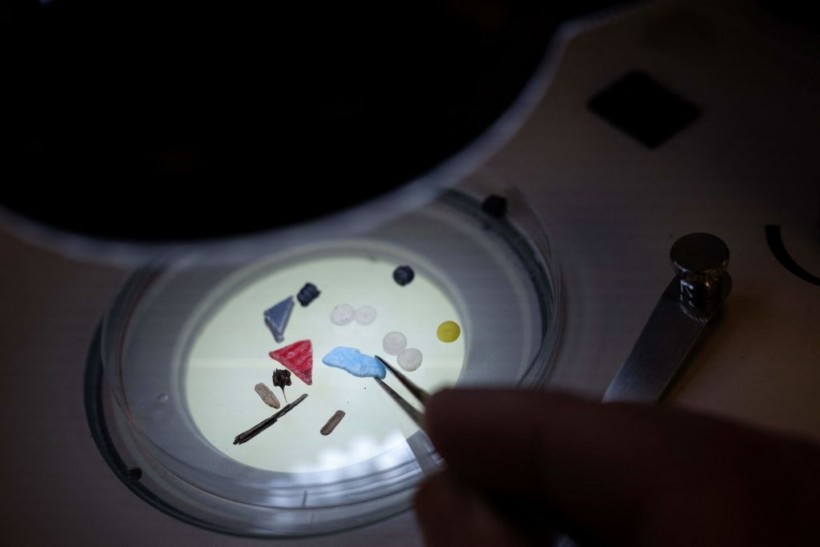Clouds contaminated with microplastics are now raising concerns. New alarming details about this plastic pollution were discovered by a group of Chinese scientists from Shandong University in China.

This is not actually the first time that microplastics were found in clouds. But, the new study revealed that these microscopic-sized plastics can affect cloud formation and influence the weather.
Here's what Shandong University's Chinese researchers discovered in their new study.
Cloudy With a Chance of Microplastics? Why It's Concerning
According to The Guardian's newest report, Chinese scientists took 28 cloud water samples atop Mount Tai. After analyzing the samples, they discovered that 24 of them were contaminated by microplastics.
Among the microplastics they discovered are polypropylene, polyethylene terephthalate (PET), polyethylene, and polystyrene. All these plastic materials are commonly found in textiles, synthetic fibers, face masks, packaging, and clothing.
"This finding provides significant evidence of the presence of abundant MPs [microplastics] in clouds," said involved Chinese researchers.
USA Today reported that the group of scientists used computer models to determine how these microplastics got up the Mount Tai clouds. Based on their simulations, the plastic particles came from highly populated inland cities instead of oceans and nearby mountains.
They discovered this because of the airflow that was shown by their computer models.
Read Also: New Study Blames Smartphones for Declining Sperm Counts-Here's What Researchers Discovered
How Microplastics Affect Weather

Shandong University's scientists said that discovered that clouds can modify microplastics. Once these harmful particles become aged plastics-because of ultraviolet radiation-they will become smaller and have rougher surfaces.
Aside from this, the effects of clouds in these plastic particles can also make them contain more mercury, lead, and oxygen compared to plastics on the ground and sea.
Because of these changes, aged microplastics can affect cloud formation and also the weather.
"Cloud formation has a huge implication for not just our local weather patterns, but for our global temperatures," explained Fay Couceiro, a professor of environmental pollution at the University of Portsmouth, who wasn't involved in the study.
As of writing, involved Chinese scientists said that their new study still needs further work to determine if microplastics in clouds really affect the weather.
"We really need a global response to this, as it's not going to be solved by a single country because air doesn't respect boundaries," said Couceiro.
Read Also: US Climate Crisis Worse Than Expected; New Government Report Reveals Temperature Warming 60% Faster








